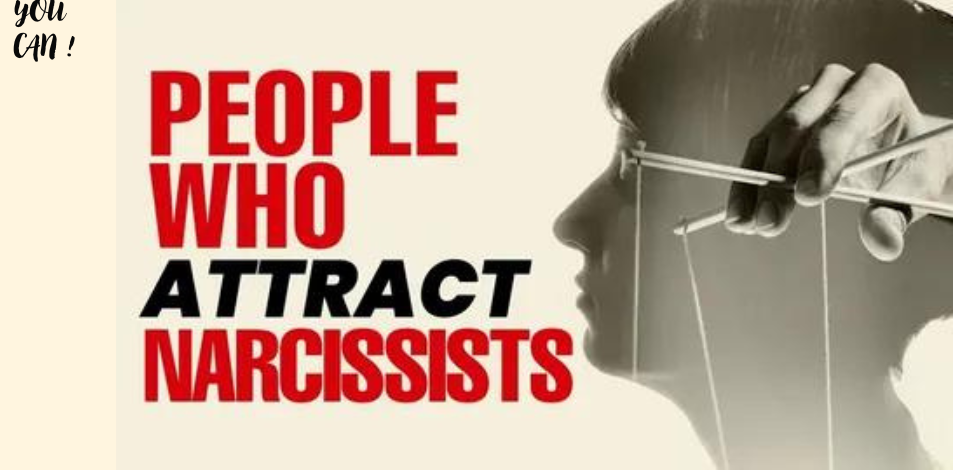
In many ways, narcissists and people-pleasers have similar relationship problems. However, they are expressed in very different ways. The narcissist can only see the relationship as what it offers them, focusing entirely on their own needs. The people pleaser is equally skewed in their view of the relationship but focuses only on the other person and does not pay attention to their own needs.
At the same time, both types of people are trying to find someone who will fill an important role in their lives. The narcissist is only looking for someone who will make them look better or give them a sense of superiority. The people pleaser is looking for someone who will save them and someone who will make them feel extremely needed.
The extreme selfishness and lack of self in the relationship create a situation where two people can find in each other a connection that they lack in others. Selfishness and the need to feel needed create a powerful pull that draws the people pleaser to the narcissist.
In addition to similar but conflicting needs, there are other reasons why people-pleasers are drawn to narcissists and why narcissists seek out these types of personalities.
Control – People-pleasers often find the control that a narcissist demands early in a relationship intoxicating. They mistake this control for safety and security in the relationship by equating control with a desire for protection.
Challenge. People-pleasers see their role in life as making others happy. The narcissist poses a challenge, constantly increasing their demands on the people-pleaser. This challenge can become a mission for the people-pleaser in an attempt to ultimately please the selfish person.
Charisma. One of the hallmarks of a narcissist is the ability to shower praise, affection, and attention on a potential partner early in a relationship. For the people-pleaser, this is the reward they have been looking for, even if it only lasts for a short time.
Verification. Also known as approval, the narcissist feeds the people-pleaser’s need for approval and validation just enough to get what they want. This conditional type of approval forces the people-pleaser to constantly seek validation. Elevating the Narcissist. The narcissist also feels validated and approved in a relationship with a people-pleaser. The higher he or she is in the eyes of the people-pleaser, the more his or her selfishness and narcissism flourish
Tips for Recognizing Toxic Relationships
People pleasing is a learned behavior. It often develops in childhood when children learn that their mental and physical well-being depends on pleasing others. This is often linked to growing up with abusive, alcoholic, or mentally ill parents.
There are steps people pleasers can take to break out of this cycle. Working closely with a therapist, counselor, or coach is extremely helpful in recognizing behaviors and making strategic changes.
Track behaviors. Monitor your thoughts and behaviors throughout your interactions with others. Notice when you shift into people-pleasing mode, and begin to look for both triggers as well as responses you can sense internally.
Set boundaries. Setting boundaries requires both insight into what you will tolerate and how assertive you are. Having the ability to say “no” to requests that violate your boundaries, as well as the ability to state your desires, ideas, and aspirations, is another component of breaking this cycle.
Learn about people pleasing. It’s often difficult to see the subtle ways you engage in people pleasing, as it’s a learned behavior that you’ve had throughout your life. Reading about people pleasing and how to make changes is a great addition to therapy and counseling. Remember, any behavior can be changed, including people-pleasing. Since narcissists are unlikely to change, breaking away from destructive and toxic relationships is also an important part of healing and developing new, positive behaviors.




